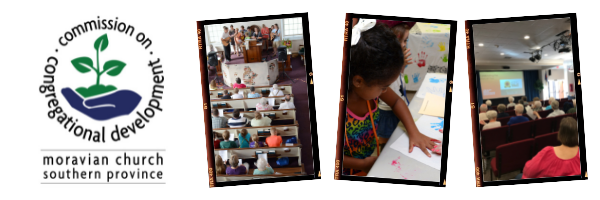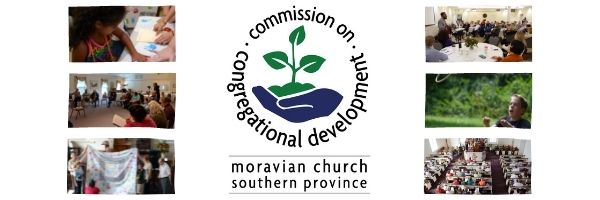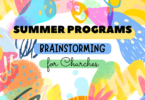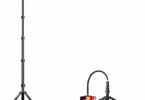Bible study curriculum are great resources, but you can also learn a lot from simply setting aside time to read the Bible and reflect on what you understand and ask questions about what you don’t. If you are sitting down for Bible study individually or in a group you can choose a certain book of the Bible to focus on, start from the beginning (Genesis), or follow a reading plan.
Here are a few ideas of places to get started and ways to organize yourself to get into the Word of God.
As you read, don’t hesitate to reach out to your pastor, church educator, and friends about the questions that come up while digging into the Biblical texts. Jesus’ example shows us that the work of understanding God’s way is best done in community, the disciples who followed Jesus in the first century supported each other in following Jesus. You also can find support from the congregation and people around you as you learn and grow through Bible study.
There are a variety of options but here are few we suggest you check out!
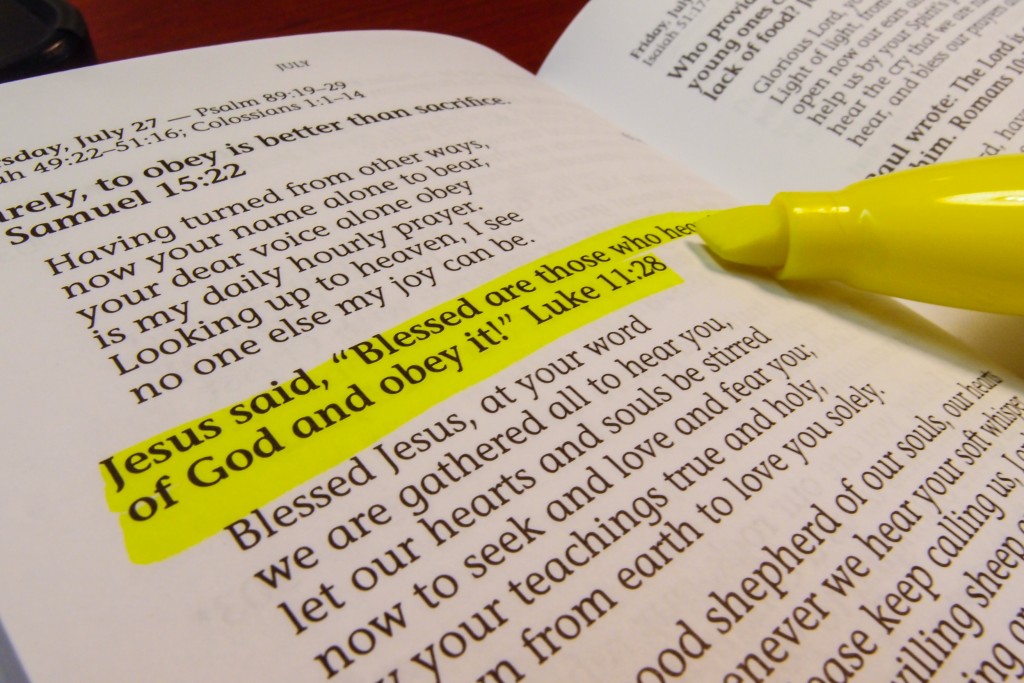
Reading Plans:
- The Moravian Daily Texts, a devotional book produced by the Interprovincial Board of Communications for North America, includes Biblical verses, “At the top of each page for ongoing study. Not related to the printed texts. Monday through Saturday are part of a plan to read through the Psalms in one year and the rest of the Bible in two. Sundays and special days are the assigned lessons for that day of the church year from the Moravian Revised Common Lectionary, also common to many denominations.”-Moravian.org
- The Bible Project has a variety of reading plans that are accompanied by video retellings of the narratives. You can sign up to receive weekly emails with reading plan, videos and other resources. Bibleproject.com
- Bible Gateway is an online resource with a number a reading plan options and give you access to numerous versions of the Bible. This can be especially helpful to read different versions of the bible to see the variety of ways words are translated and the impact that has on the meanings we interpret from the text. www.biblegateway.com
Study Bibles:
These printed Bibles include questions, extra background information and can help you go deeper in your understanding of the Biblical story. Depending on your age and interest there are different bibles that might be a good fit for you. (You can come to the Lending Library to check out some of our study bibles to see what works for you!)
- Serendipity Bibles, many are out of print but you can still find them to buy, have questions for each section of scripture and include other scriptural connections to check out for context and depth.
- The New Layman’s Parallel Bible, shows 4 different versions of the Bible side by side. You can easily see the translation differences and explore questions among the interpretations.
- The Discipleship Study Bible: New Revised Standard Version, including apocrypha is focused on helping to make connections to the active response of Christians to the Biblical narrative. It focuses on helping apply the teachings of the Bible to your life of faith.
- The NRSV New Oxford Annotated Bible, 5th Edition is an academic study bible. It includes essays, historical context for each book of the Bible, and additional information about the text.
